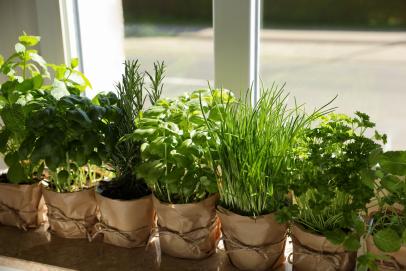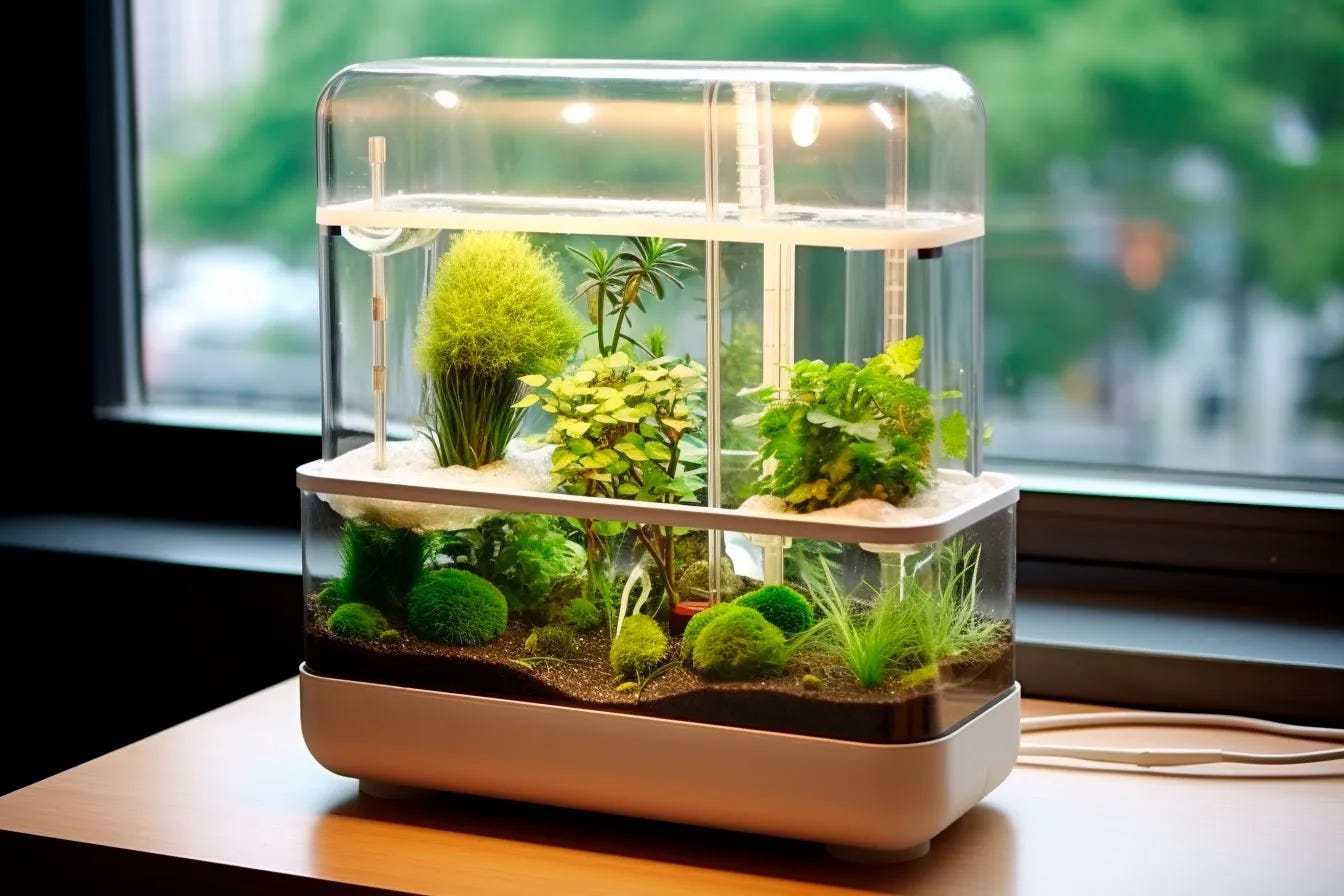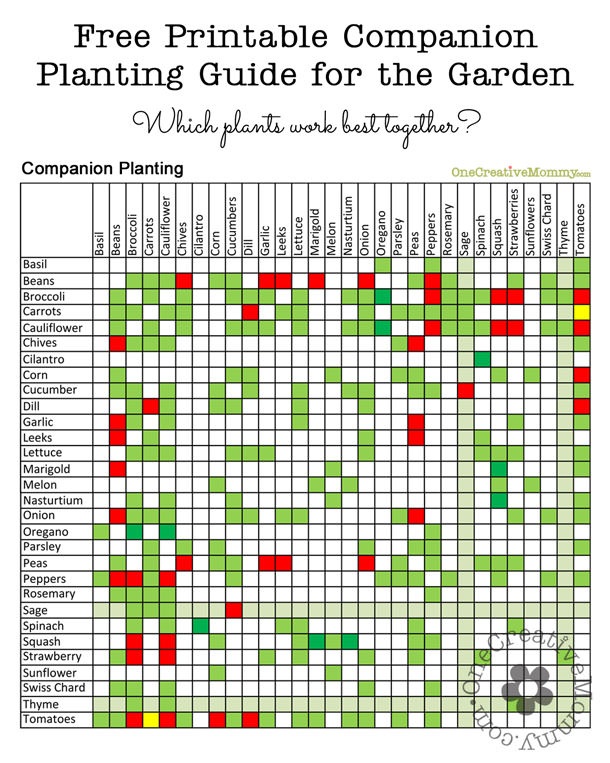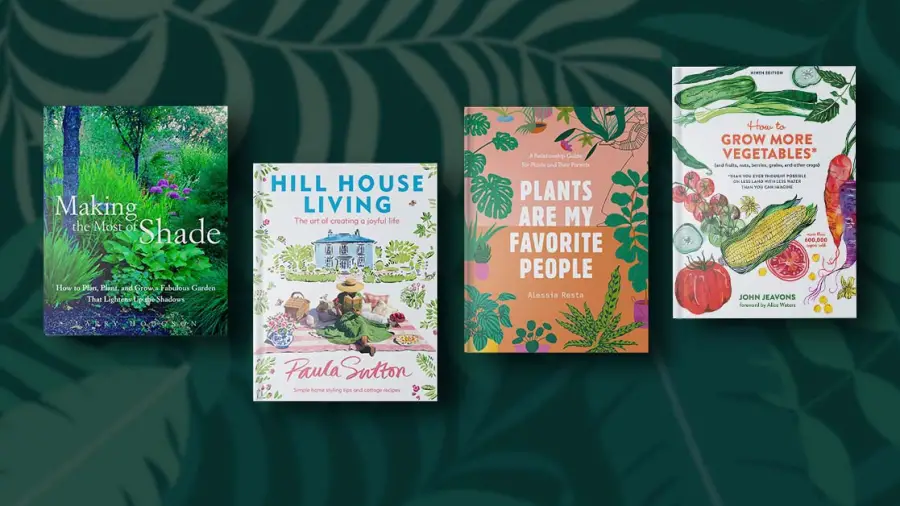Indoor gardening allows you to grow a variety of fruits and vegetables in the comfort of your home. Popular options include tomatoes, strawberries, herbs, and leafy greens.
Delving into the world of indoor gardening opens doors to fresh, homegrown produce year-round, irrespective of outdoor weather conditions. The beauty of cultivating fruits and veggies inside means you can control the environment to suit the needs of your plants.
Indoor Gardening Fruits and Vegetables: This practice is perfect for urban dwellers lacking outdoor space, or those wanting to reduce their carbon footprint by growing food locally. Beginning with user-friendly plants like herbs and lettuce enables newcomers to build confidence. Advances in hydroponics and growing lights further enhance the prospects of successful indoor harvests. Embracing indoor gardening not only promotes healthy eating but also serves as an enjoyable hobby that brings a touch of nature into your living space.
Table of Contents
The Rise Of Urban Agriculture
Growing food indoors rejuvenates urban living with vitality and sustainability. It’s a movement that garners attention globally, with many embracing the transition.
Benefits of indoor gardening include year-round cultivation and a reduced carbon footprint. This practice allows city dwellers to enjoy fresh and organic produce, right from their windowsills or balconies.
Other advantages feature savings on grocery bills and enhanced food security. Indoor farming also means less water usage than traditional gardens. It provides a learning platform for children and adults alike.
Choosing The Right Fruits And Veggies For Your Indoor Garden
Choosing the right plants for your indoor garden is vital. Light, space, and care levels are key. Start with fruits and veggies that thrive indoors.
| Fruit/Vegetable | Light Requirements | Space Needed | Difficulty |
|---|---|---|---|
| Tomatoes | Bright, indirect sunlight | Small to medium pots | Easy |
| Strawberries | Full sunlight | Hanging baskets or small pots | Medium |
| Herbs (Basil, Mint) | Bright, indirect sunlight | Small pots on windowsills | Easy |
| Lettuce | Bright, indirect sunlight or grow lights | Shallow containers | Easy |
| Peppers | Full sunlight | Medium pots | Medium |
Each plant has unique needs. Think about your space. Some plants grow well in small areas. Others need more room. Beginners should pick easy-care plants. Friendly tip: Always check the pot size and growth conditions.
Setting Up Your Indoor Gardening Space
Setting up your indoor gardening space demands certain key items. Quality grow lights are a must, as they replicate sunlight. Ensure your space has adequate shelving for plant arrangement. Choose containers that suit your fruits and vegetables. These should have good drainage.
To optimize your environment, control temperature and humidity. Use a thermostat for consistent warmth. Humidity can be managed with a simple humidifier. Be mindful of air circulation; small fans can prevent mold and pests. Lastly, a timer for your lights will mimic natural day cycles and promote growth.
Lighting: The Key To Success
Successful indoor gardening greatly depends on proper lighting. Grow lights play a crucial role. They help your fruits and vegetables flourish. Three primary types of grow lights exist:
- Fluorescent bulbs: great for beginners and small plants.
- LED lights: energy-efficient and long-lasting, good for all plant stages.
- HID lights: Powerful but heat generating, ideal for larger setups.
Knowing where to place lights is essential. Lights should be above the plants. Make sure they cover all the leaves. Adjust the height as plants grow. The duration of light exposure matters too. Most plants need about 14-16 hours of light each day. Young seedlings may need up to 18 hours. Use a timer to ensure consistency.
Soil And Watering Requirements
Indoor gardening requires the right soil mix to be successful. A light and fluffy texture is key. It lets roots grow freely. Aim for a mix that contains peat moss, pine bark, and perlite or vermiculite. These ingredients ensure good drainage and air circulation. Soil that holds moisture but doesn’t stay soggy is ideal for indoor fruits and vegetables.
Watering indoor plants needs consistent attention. Don’t let soil dry out completely, but avoid overwatering. Stick your finger an inch into the soil. If it feels dry, it’s time to water. Bottom-watering methods work well. Place plants in shallow water for an hour. Then let excess water drain away. It promotes strong root growth and plants stay healthy.
Feeding Your Indoor Plants
Fertilizing indoor plants promotes healthy growth and fruit production. Choosing the right time to apply fertilizer is crucial. Typically, during the growing season, which is spring through summer, your plants need more nutrients. This is the period when they are most active.
Apply fertilizers once a month or as per the product instructions. Always water your plants before fertilizing to avoid root burn. For organic nutrients, options such as fish emulsion, compost tea, or worm castings are preferred. These help your plants grow without harsh chemicals. Synthetic nutrients, on the other hand, offer a more consistent nutrient composition but can build up salts in the soil over time.
| Type of Nutrients | Benefits | Considerations |
|---|---|---|
| Organic | Safe for the environment, improves soil health | Slower release, less predictable results |
| Synthetic | Fast-acting, precise nutrient ratios | Potential soil salt buildup, environmental concerns |
Common Challenges And Solutions
Indoor gardening often faces pests and diseases. Diligent care is key for healthy fruits and vegetables. Below are simple solutions to combat these issues.
For pest control, natural predators like ladybugs can help. Sticky traps and organic insecticides are also effective. Make sure your plants have good air flow and clean surroundings. This will keep the bad bugs away.
Disease prevention starts with clean tools and pots. Use sterilized soil to avoid fungus and bacteria. Allow the soil to dry between watering times. It prevents root rot. A balanced fertilizer gives plants the strength to resist diseases. If you spot sick plants, remove them quickly to protect the others.
Harvesting And Storing Your Indoor Bounty
Indoor gardening lets you enjoy fresh fruits and vegetables year-round. Figuring out the best time to harvest can be tricky. Observe your plants carefully. Look for color changes, easy separation from the stem, and a full, ripe appearance. These signs indicate readiness for picking.
After harvesting, consider the right storage method to keep your produce fresh. Different crops need different storage conditions. Use a clean container or bag to store them. Keep them at the correct temperature and humidity. This extends their shelf life. Follow these steps to enjoy your healthy indoor harvest longer.
Innovative Techniques In Indoor Gardening
Indoor gardening now boasts innovative techniques like hydroponics and aquaponics. These methods allow plants to grow in water without soil. Nutrients dissolve in the water, providing everything plants need.
Hydroponics uses a water-based solution full of minerals. It makes growing fruits and vegetables inside easy and efficient. Plants grow faster and healthier.
Aquaponics combines fish farming with plant cultivation. The fish waste offers nutrients for the plants. In turn, plants clean the water for the fish. It’s a smart cycle of life.
| Technique | Benefits |
|---|---|
| Hydroponics | Soil-free, efficient growth, less water use |
| Aquaponics | Combines plant and fish farming, natural fertilizers |

Credit: www.walmart.com
Examples Of Successful Indoor Gardeners
Successful indoor gardeners often share their journeys online. Emma’s Urban Oasis showcases lush tomatoes growing beside her sunny kitchen window. She advises beginners to focus on adequate light and consistent watering. John’s Edible Apartment features a variety of peppers in self-watering containers. He credits his success to regular fertilization and choosing dwarf varieties suited for small spaces.
Alice and Bob’s Green Corner offers insight into vertical gardening, using stacked planters to maximize their limited space. Their secret is a mix of LED grow lights and natural compost. They emphasize patience and learning from mistakes as key to their lush indoor garden filled with strawberries and herbs.
| Gardener | Fruit/Vegetable | Success Tips |
|---|---|---|
| Emma | Tomatoes | Light, Water |
| John | Peppers | Fertilize, Dwarf Varieties |
| Alice & Bob | Strawberries, Herbs | LED Lights, Compost |
Taking The Next Steps
Expanding your indoor garden brings many joys and challenges. As you delve deeper into growing fruits and vegetables inside, consider three things: variety, space, and equipment.
- Select a range of plants that thrive indoors—like herbs, strawberries, or tomatoes.
- Ensure you have adequate space to accommodate more plants.
- Assess if additional grow lights or shelving are necessary.
Engaging with an indoor gardening community can offer tips and support. Many online forums and local groups exist for this purpose. Share your progress, ask questions, and learn from others’ experiences. You’ll find this journey rich with shared knowledge and camaraderie.

Credit: www.amazon.com

Credit: www.amazon.com
Frequently Asked Questions On Indoor Gardening Fruits And Vegetables
What Fruits And Vegetables Can I Grow Inside My House?
Indoor gardening allows you to grow herbs like basil, vegetables such as lettuce and tomatoes, and fruits including strawberries and dwarf citrus trees. Opt for pots with good drainage and place them in well-lit areas.
What Is The Best Fruit To Grow Indoors?
The best fruit to grow indoors is the strawberry, due to its compact size and manageable growth requirements.
Can You Grow Fruits And Vegetables Indoors Year Round?
Yes, you can grow fruits and vegetables indoors all year using methods such as hydroponics, adequate lighting, and proper care.
What Garden Vegetables Do You Start Indoors?
Start tomatoes, peppers, eggplants, and broccoli indoors for a head start on gardening. Sow these seeds in pots or trays 6-8 weeks before the last frost date.
Conclusion
Embracing the joy of indoor gardening offers endless benefits and delightful harvests. Cultivating fruits and vegetables in your own space ushers in freshness and flavor to meals, fostering a sustainable lifestyle. Start small, savor the growth, and relish the fruits of your patience and care.
Happy gardening!
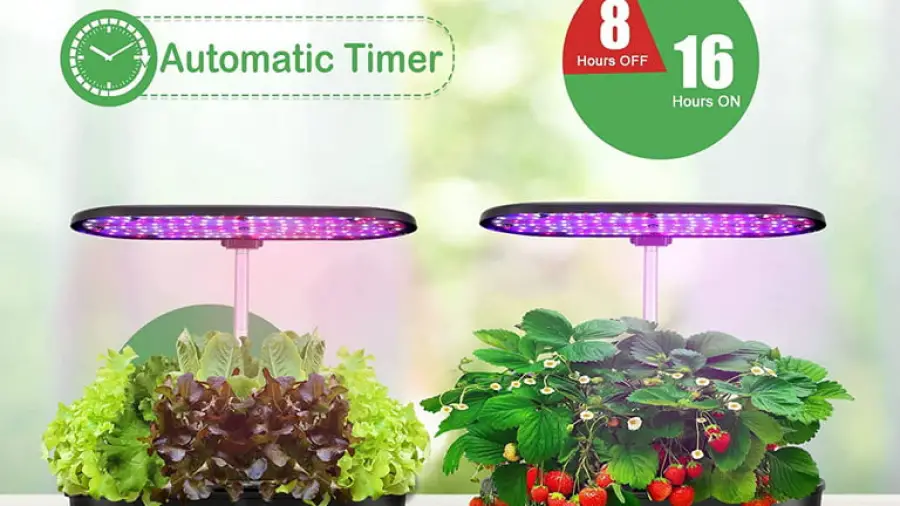


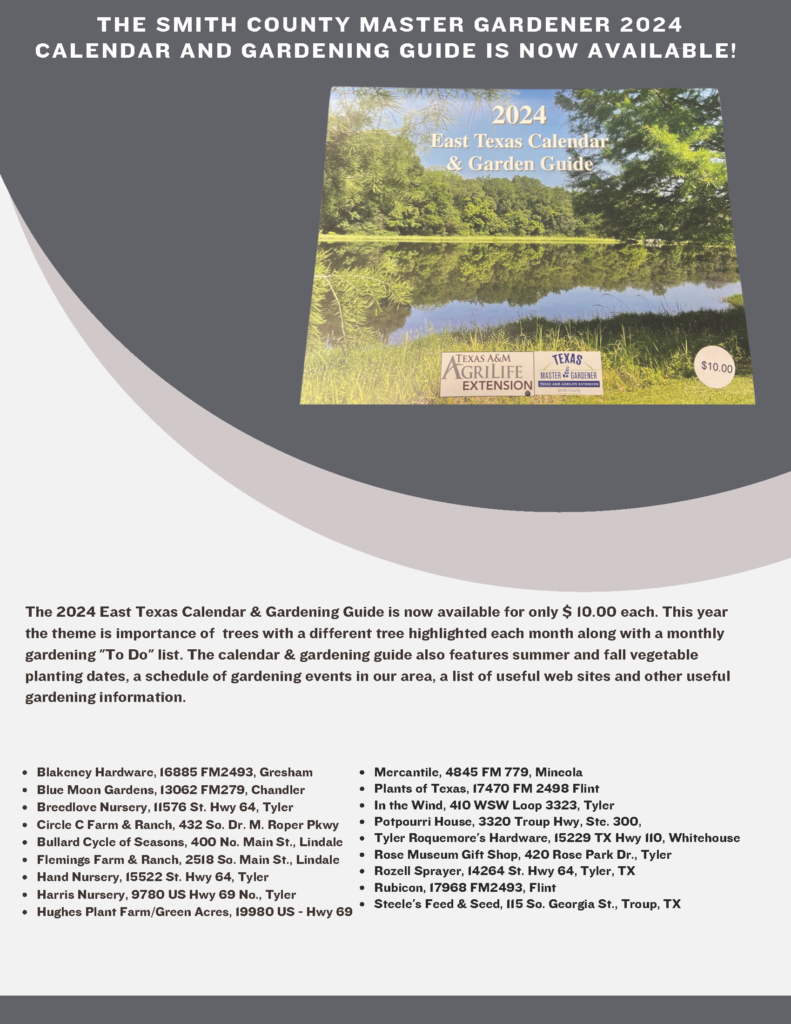
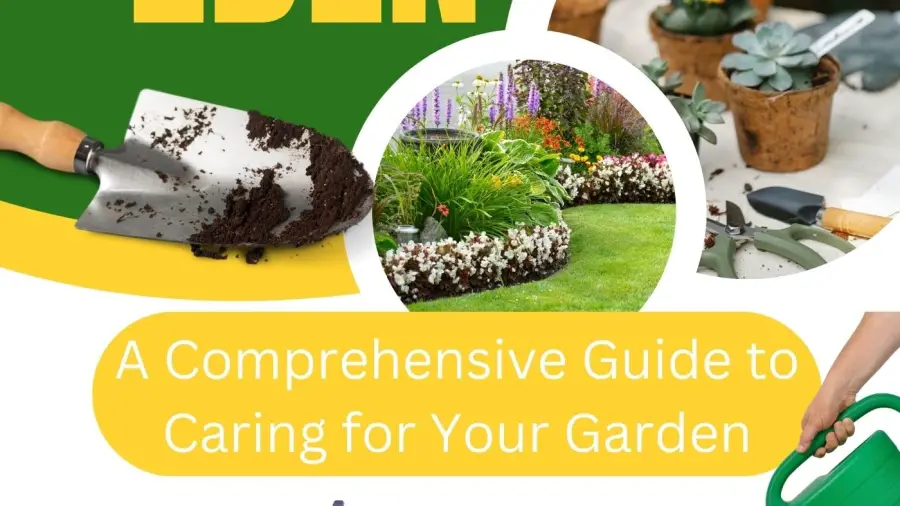

:max_bytes(150000):strip_icc()/Eden-Garden-Design_courtyard_Greg-Thomas-Photography-0223-2000-a3ecb6b0556d4e63835a74868511bbd8.jpg)
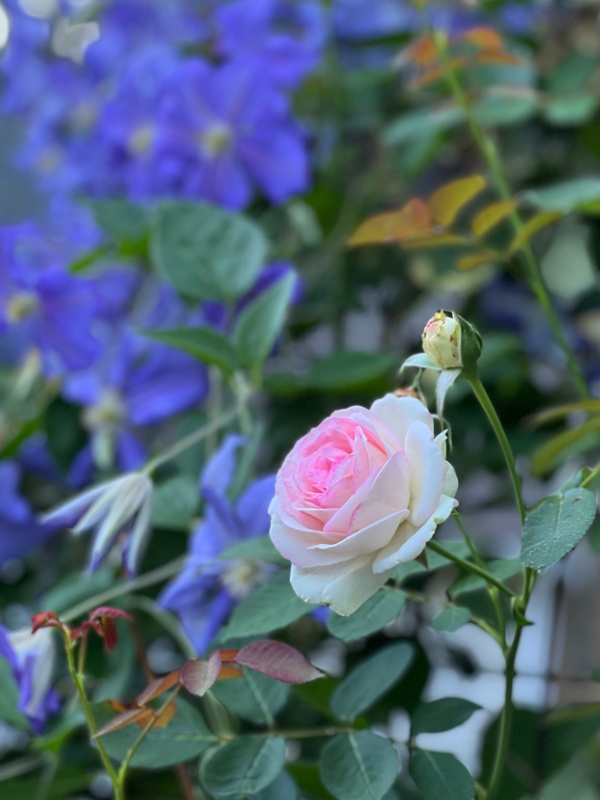
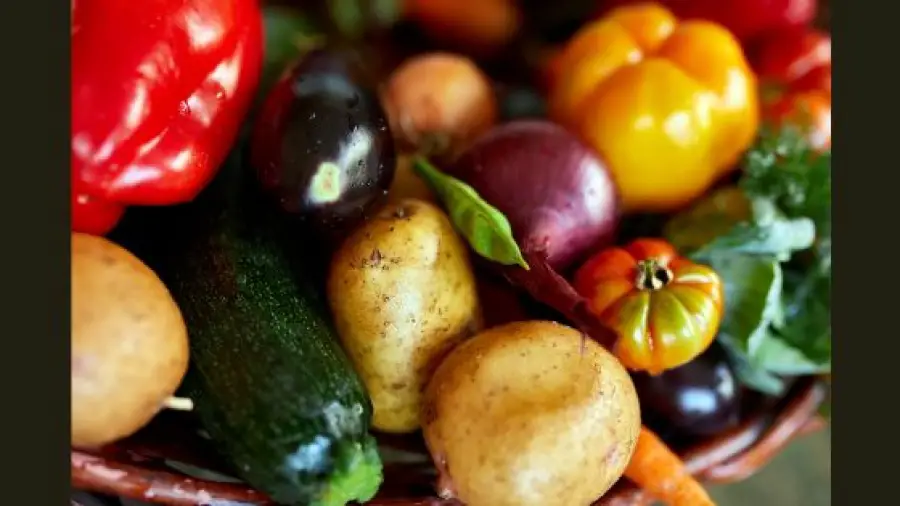


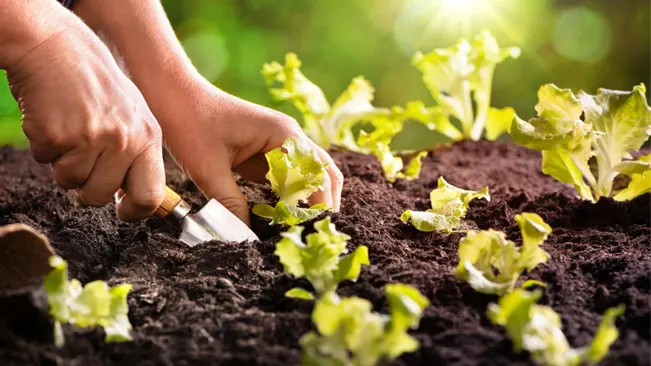
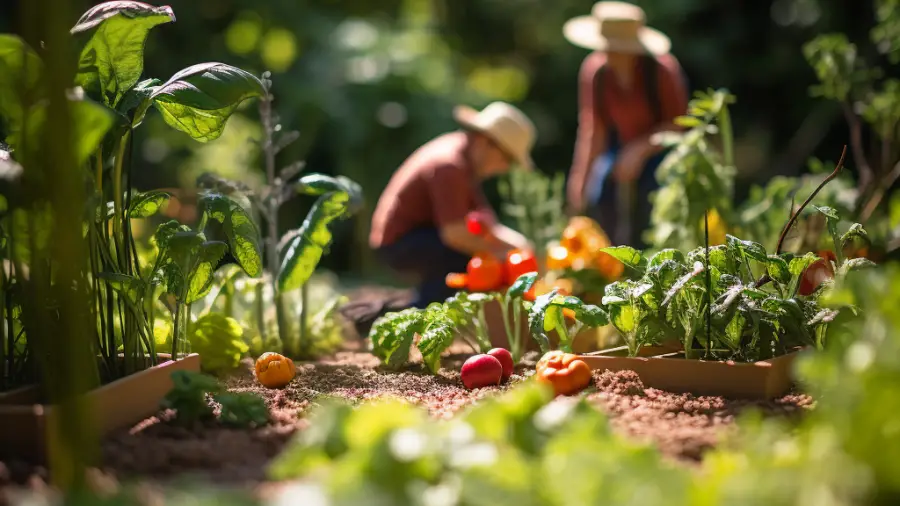
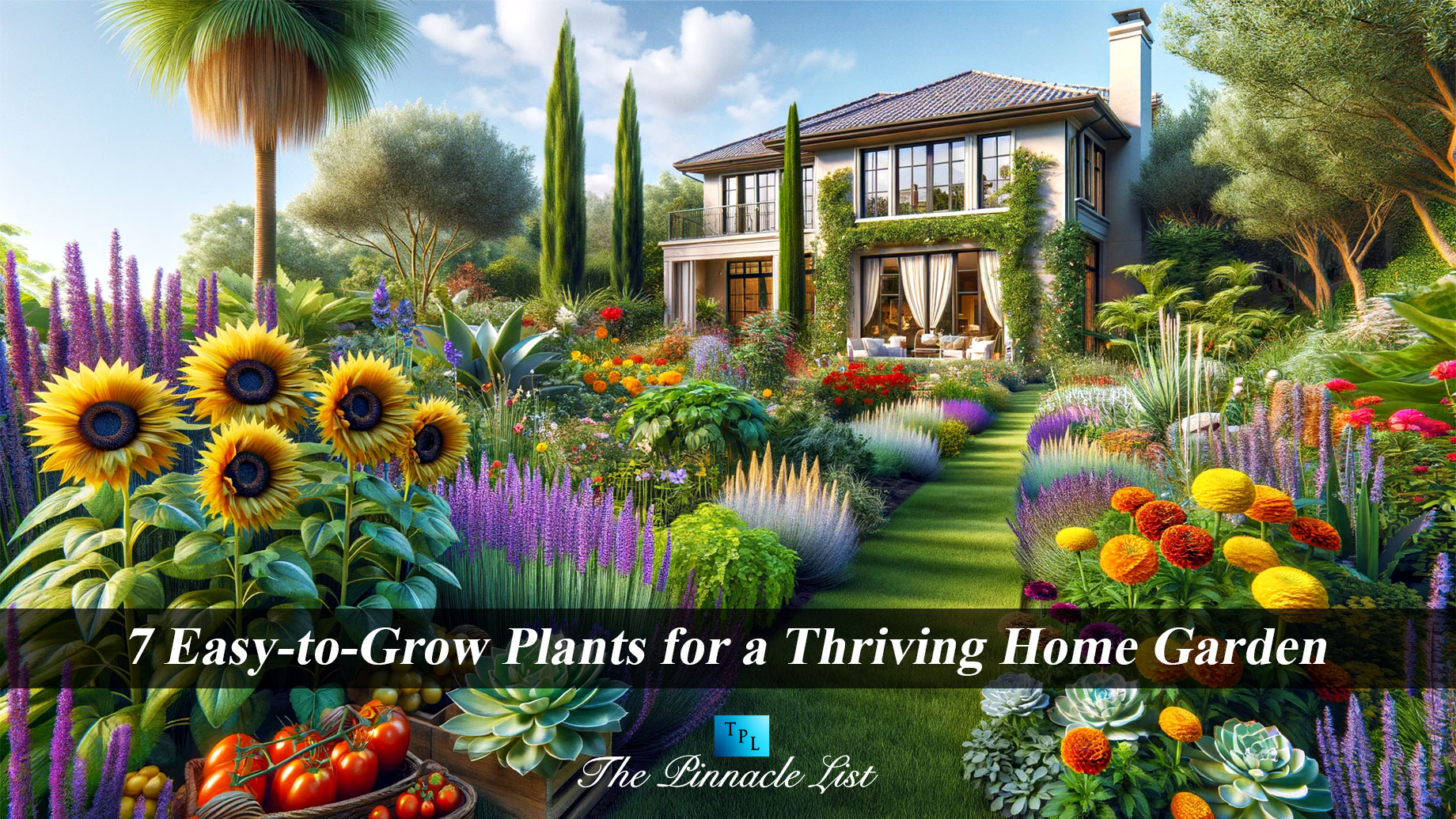




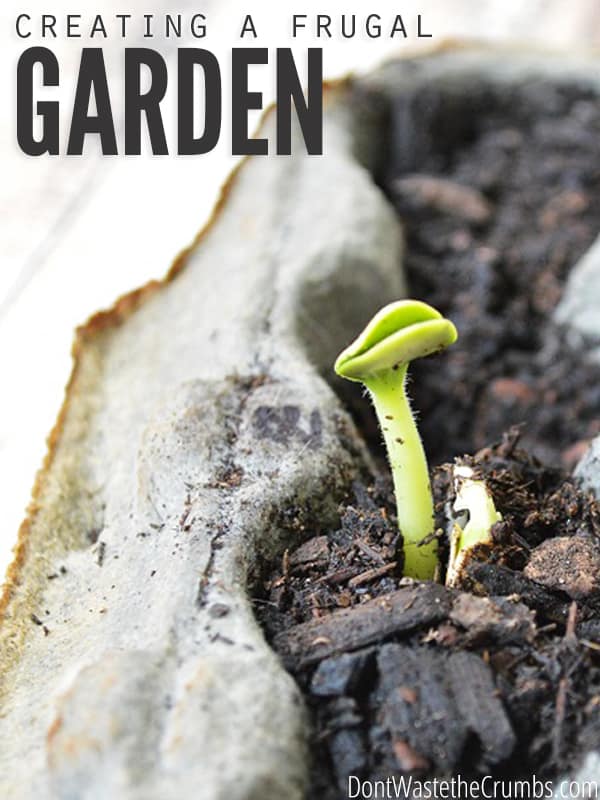
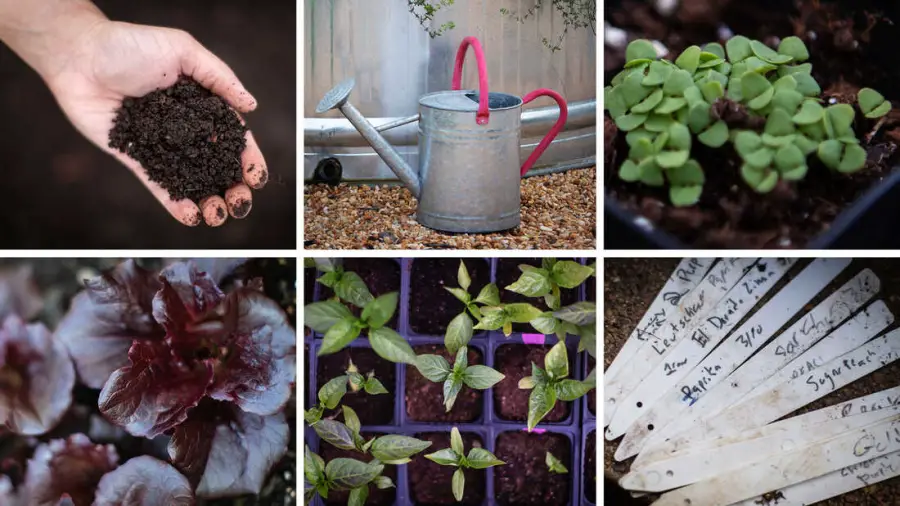
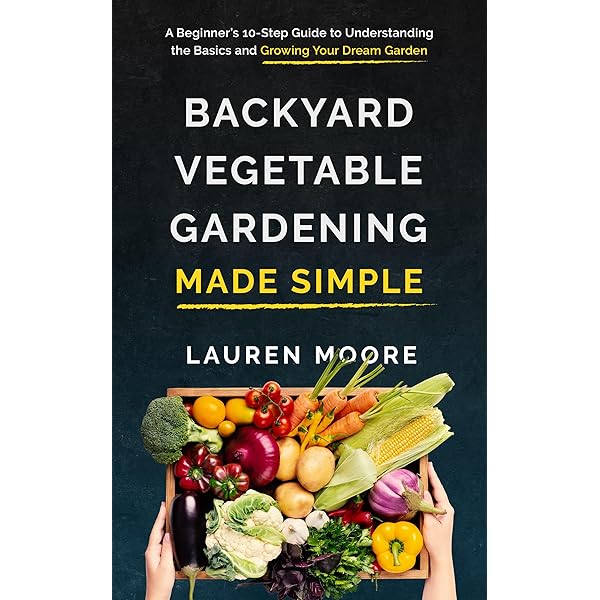
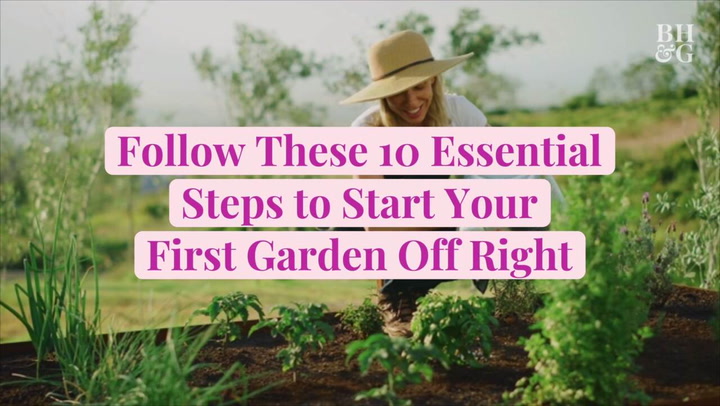
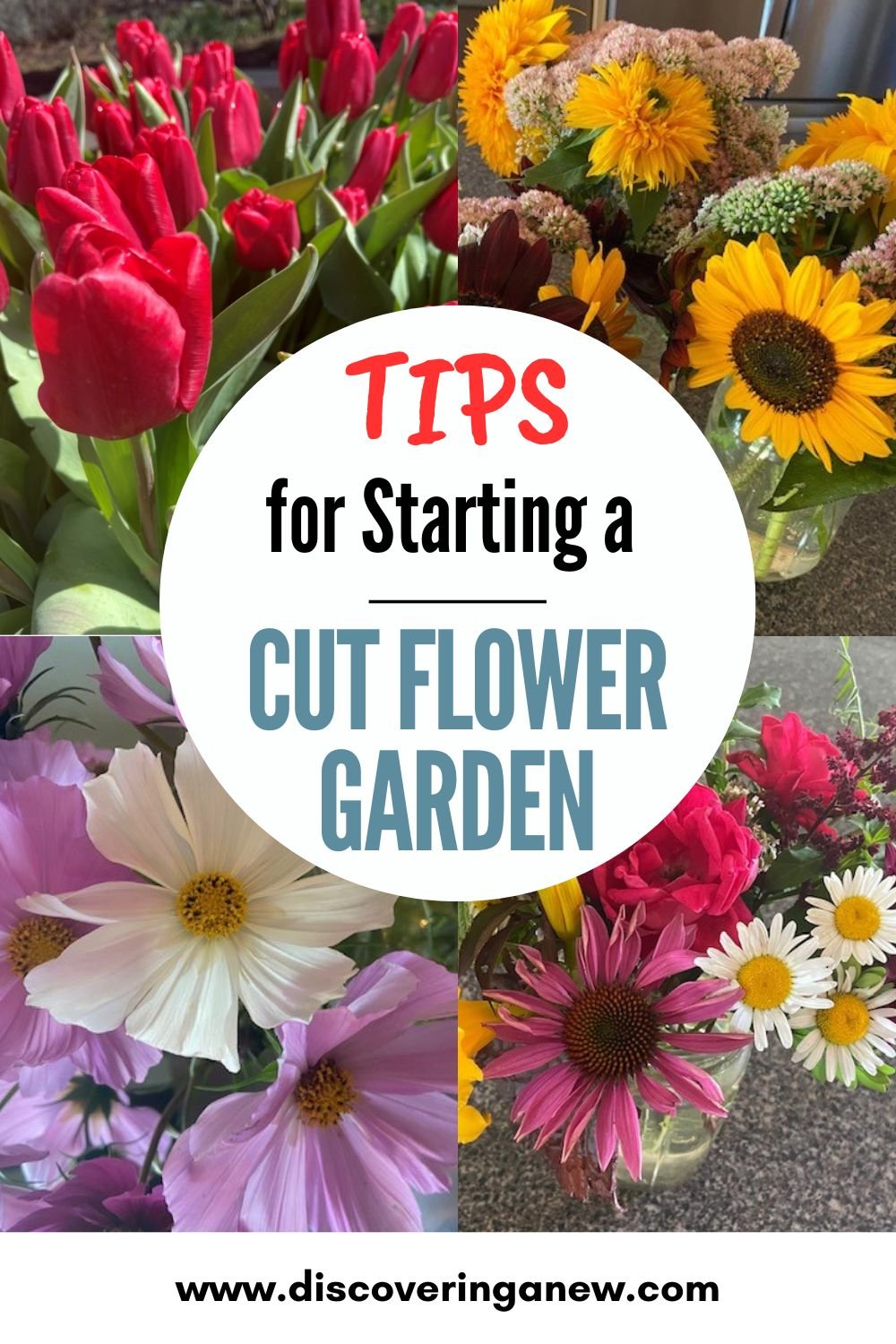
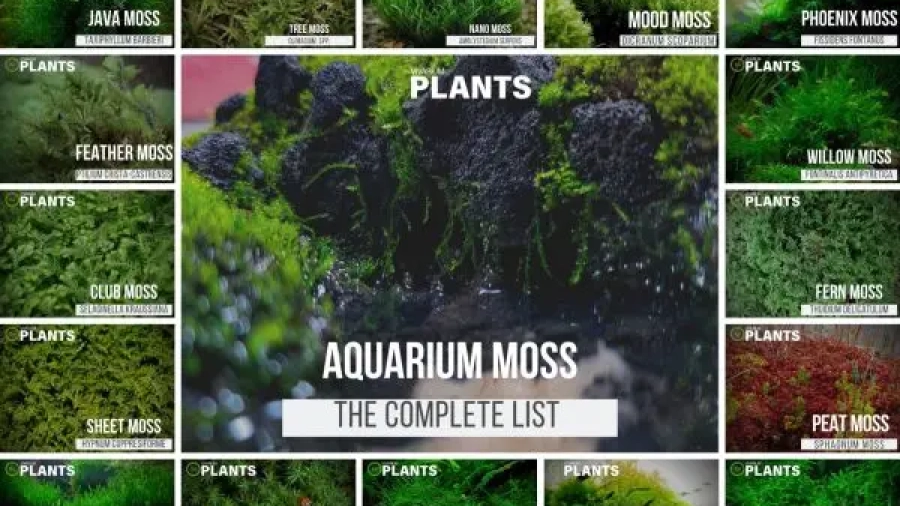
:max_bytes(150000):strip_icc()/mld105281_0110_jar_terrarium_vert-494e4ab4ec1f4a258a68ea0f0346b4cc.jpg)
